- Your School Type
- Solutions
- Resources
- Blog
- Events
- More
- Contact Us
- Book a Demo
- Get a Quote
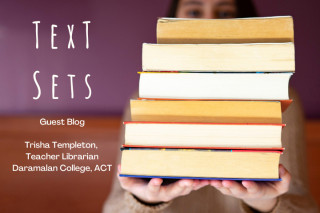
We are delighted to welcome Trisha Templeton, Teacher Librarian at Daramalan College, for this series discussing text sets. Part one of this series discussed text sets, the theory behind, benefits, and impact of using text sets. This blog demonstrates the benefits of using text sets in the Humanities/Social Sciences and provides examples with learning outcomes.
Text sets have immense capacity to support literacy development and multiliteracies whilst meeting curriculum learning outcomes. By giving students specifically curated text extracts from a variety of sources and modalities, they are able to construct knowledge, as well as develop literacy and language in a social context.
The humanities or social studies would greatly benefit from the inclusion of text sets. This is because many expository texts can be very dry and unappealing for the modern student that craves narratives and visualisation (Batchelor, 2017, p.13). As literary learning is already a part of this learning area, teachers are more receptive to utilising text sets as part of pedagogical practices. In particular the inquiry component of the History curriculum scope and sequence allows for the inclusion of information through disciplinary and inquiry sources because they promote critical analysis and evaluation (Lupo et al., 2019, p. 519). Picture book extracts are useful in text sets for History classrooms as they provide meaning through illustrations and imagery. This is especially useful for EALD (English as an additional language or dialect) students and those with low literacy as they are able to use the illustrations to make connections with the content and increase comprehension of the information presented (Batchelor, 2017; NSW DET, (2020).
There is a plethora of literary texts that can be effectively used within text sets. Picture book examples include, Pascoe’s Young Dark Emu (2019), Barbara Knox’s Forbidden City (2006), Gouldthorpe’s The White Mouse (2015), and Zee & Innocenti’s Ericka’s Story (2013), whereas Spiegelman’s Maus (1991) is a fantastic Holocaust source for teenagers about the Holocaust. Other texts of value include Anne Franks’ Diary (1947), Kokoda (2004) by Peter FitzSimons, Simpson and his donkey (2008) by Greenwood, The Rabbits (2008) by Marsden and Pemulway, and The Rainbow Warrior (1988) by Willmot to name a few. Interestingly, Lannin (2020) suggests the use of poetry in text sets as it asks students to look beyond the text and into the imagery that it offers. This means that plays, songs and poems such as Manning’s Close to the bone (1994), Roach’s Took the Children away (1989) and Mackella’s My country (1904) would be useful additions to multidimensional text sets (Lannin et al., 2020).
Learning outcomes:
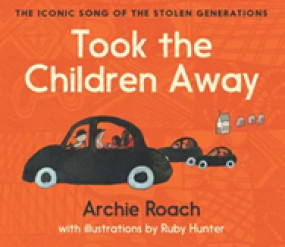
Picture book
Roach, A., & Hunter, R. (2020). Took the children away. Australia. Simon & Schuster, Australia.
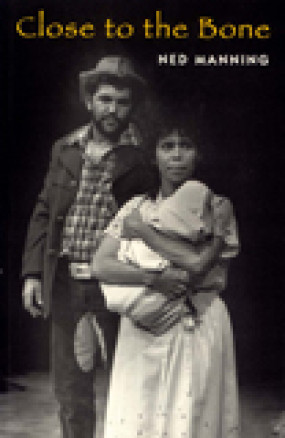
Play
Manning, N. (1994). Close to the bone. Currency press. Australia
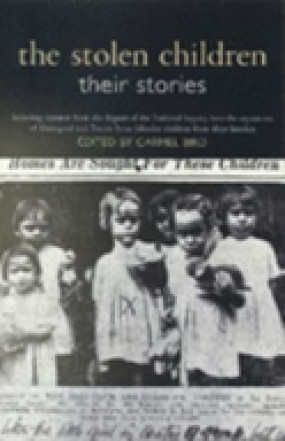
Memoirs
Bird, C. (ED). (1998). The stolen children - their stories. Random House Australia.
Learning outcomes
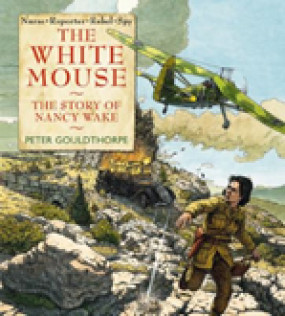
Picture book
Gouldthorpe, P. (2015). The white mouse: the story of Nancy Wake. Omnibus Books. South Australia
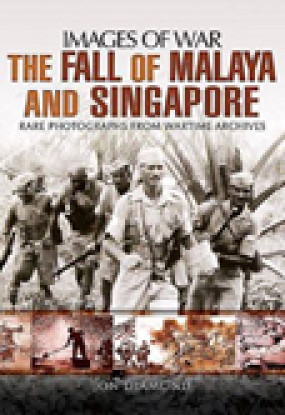
Non Fiction book
Diamond, J. (2015). Images of War - The fall of Malaya and Singapore. Barnsley. Pen & Sword Military.
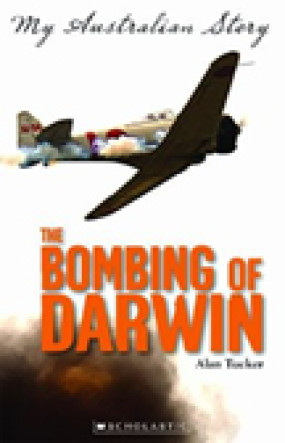
Fiction book
Tucker, A. (2011). The bombing of Darwin. Scholastic Australia. Lindfield.
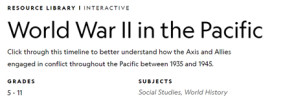
Interactive resource
Caryl, Sue. (2021). World War II in the Pacific. National Geographic Society. Access resource
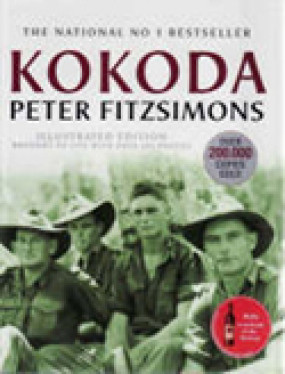
Non Fiction book
FitzSimons, P. (2016). Kokoda. Sydney, Hatchette Publishing.
REFERENCES
Balkus, Brenna C. (2019). Utilizing Text Sets To Teach Critical Literacy: Bringing Literacy Into The Social Studies Middle School Classroom. School of Education Student Capstone Projects. Retrieved from https://digitalcommons.hamline.edu/hse_cp/309
Batchelor, K. E. (2017). Around the world in 80 picture books: Teaching ancient civilizations through text sets. Middle School Journal, 48(1), 13–26. https://doi-org.ezproxy.csu.edu.au/10.1080/00940771.2017.1243922
Beck, P. (2014). Multigenre Text Set Integration: Motivating Reluctant Readers Through Successful Experiences with Text. Journal of Reading Education, 40(1), 12–19. CSU Library.
Cervetti, G.N., & Hiebert, E.H. (2019). Knowledge at the center of English language arts instruction. The Reading Teacher, 72(4), 499–507. https://doi.org/10.1002/trtr.1758
Creighton, J. (6th February, 2014). Isaac Asimov: Science fact and science fiction. Futurism. https://futurism.com/isaac-asimov-science-fact-and-science-fiction
Derewianka, B. (2015). The contribution of genre theory to literacy education in Australia. In J. Turbill, G. Barton & C. Brock (Eds.), Teaching Writing in Today's Classrooms: Looking back to looking forward (pp. 69-86). Norwood, Australia: Australian Literary Educators' Association. Retrieved from https://ro.uow.edu.au/cgi/viewcontent.cgi?article=2620&context=sspapers
Elish-Piper, L., Wold, L., & Schwingendorf, K. (2014). Scaffolding High School Students’ Reading of Complex Texts Using Linked Text Sets. Journal of Adolescent & Adult Literacy 57 (7). DOI: 10.1002/jaal.292 © 2014 International Reading Association (pp. 565–574). CSU Library
Hoch, M., McCarty, R., Gurvitz, D. & Sitkoski, I. (2019). Five key principles: guided inquiry with multimodal text sets. The Reading Teacher 72 (6) pp701-710. International Reading Association CSU Library.
Howell, H. (2016). Embedded nonfiction ideas for Macbeth. Teach like a champion [Blog]. Retrieved from https://teachlikeachampion.com/blog/helen-howell-shares-embedded-nonfiction-ideas-macbeth/
Hughes, H,. Bozorgian, H., Allan, C., & Dicinoski, M. (2013) School libraries, teacher-librarians and their contribution to student literacy development in Gold Coast schools: Research report. School Library Association of Queensland , QUT. https://eprints.qut.edu.au/60260/
Kay, J. (23rd February, 2012). Prophets of science fiction: Jules Verne Recap. ScienceFiction.com. https://sciencefiction.com/2012/02/23/prophets-of-science-fiction-jules-verne-recap/
Lannin, A., Juergensen, R., Smith, C., Van Garderen, D., Folk, W., Palmer, T., & Pinkston, L. (2020). Multimodal text sets to use literature and engage all learners in the science classroom. Science Scope, 44(2), 20–28.
Lewis, W., & Strong, J. (2020). Chapter 3 - Designing content area text sets. In Literacy Instruction with Disciplinary Texts: Strategies for Grades 6-12. Guildford Publications. CSU Library.
Lupo, S., Berry, A., Thacker, E., Sawyer, A., & Merritt, J. (2019). Rethinking text sets to support knowledge building and interdisciplinary learning. International Literacy Association 73 (4). Pp. 513-524. CSU Library. DOI:10.1002/trtr.1869
Lupo, S., Strong, J., Lewis, W., Walpole, S., & McKenna, M. (2017). Building background through reading; Rethinking text sets. Journal of Adolescent and Adult Literacy 61(4), p.433-444. https://doi-org.ezproxy.csu.edu.au/10.1002/jaal.701
Pennington, L. K., & Tackett, M. E. (2021). Using Text Sets to Teach Elementary Learners about Japanese-American Incarceration. Ohio Social Studies Review, 57(1), 1–14.
Mania, K., Mabin, L.K., & Liebenberg, J. (2018). ‘To go boldly’: teaching science fiction to first-year engineering students in a South African context. Cambridge Journal of Education 48 (3), pp389–410, https://doi.org/10.1080/0305764X.2017.1337721
Merga, M. (2020). School librarians as literacy educators within a complex role. Journal of Library Administration, 1-20. https://ro.ecu.edu.au/ecuworkspost2013/8875
NSW Department of Education. (2020). Planning EAL/D support. Multicultural Education. https://education.nsw.gov.au/teaching-and-learning/curriculum/multicultural-education/english-as-an-additional-language-or-dialect/planning-eald-support
Parker, G. (2018). The top 20 scientific breakthroughs in history. MoneyInc.com. https://moneyinc.com/top-20-scientific-breakthroughs-history/